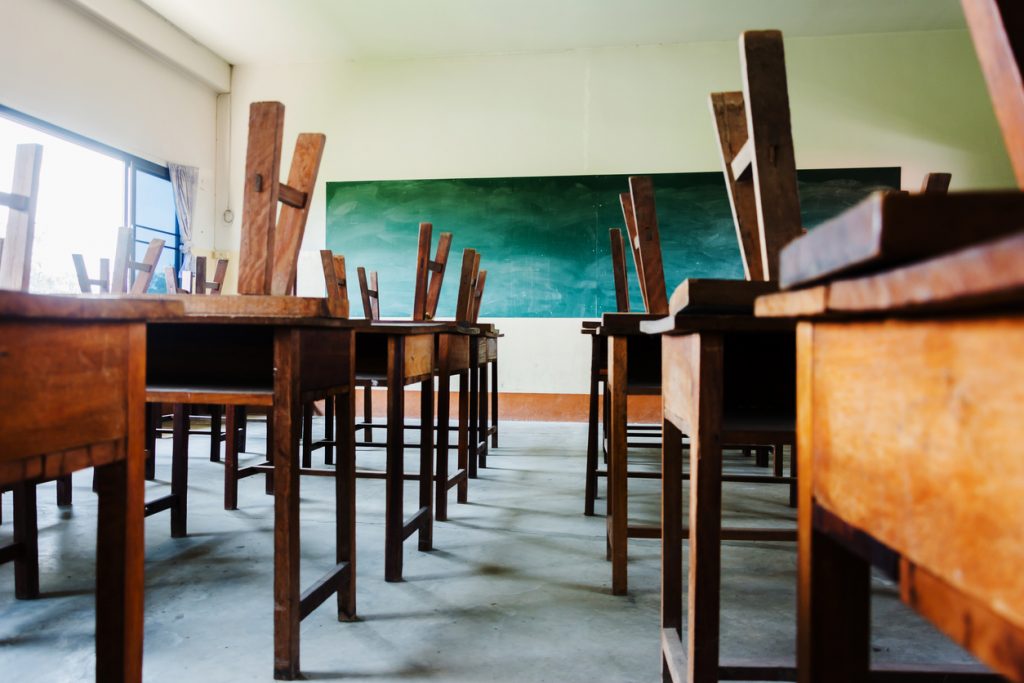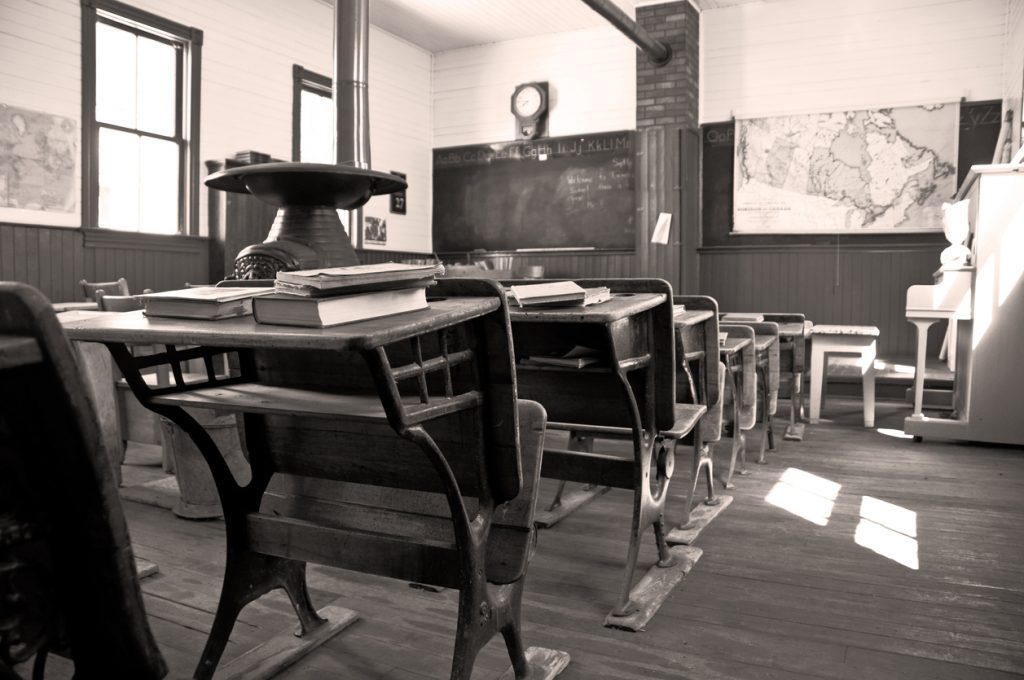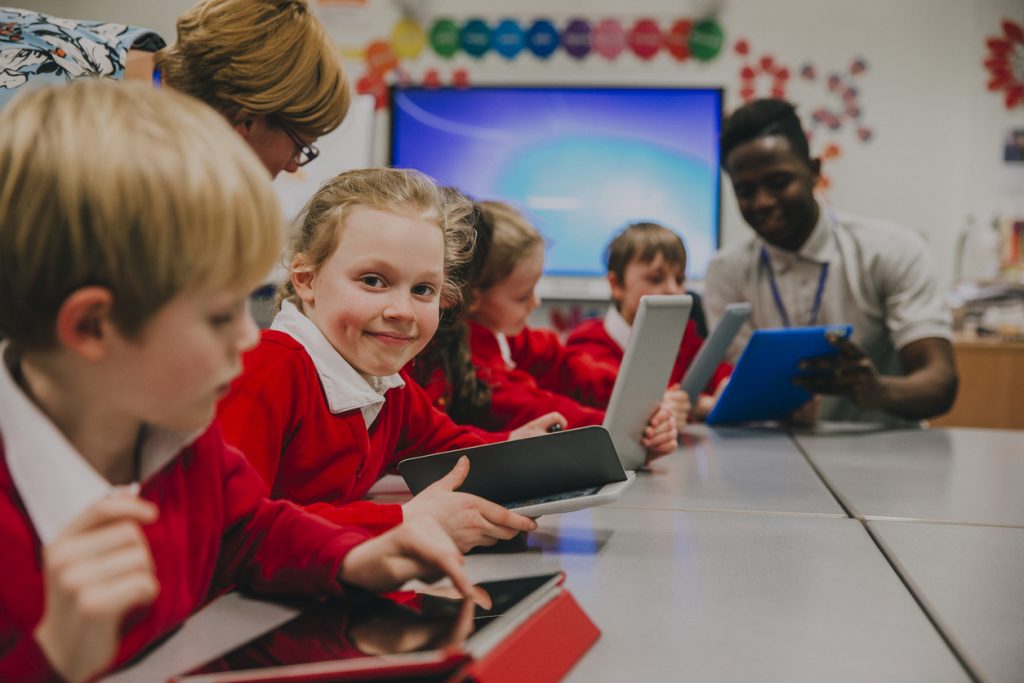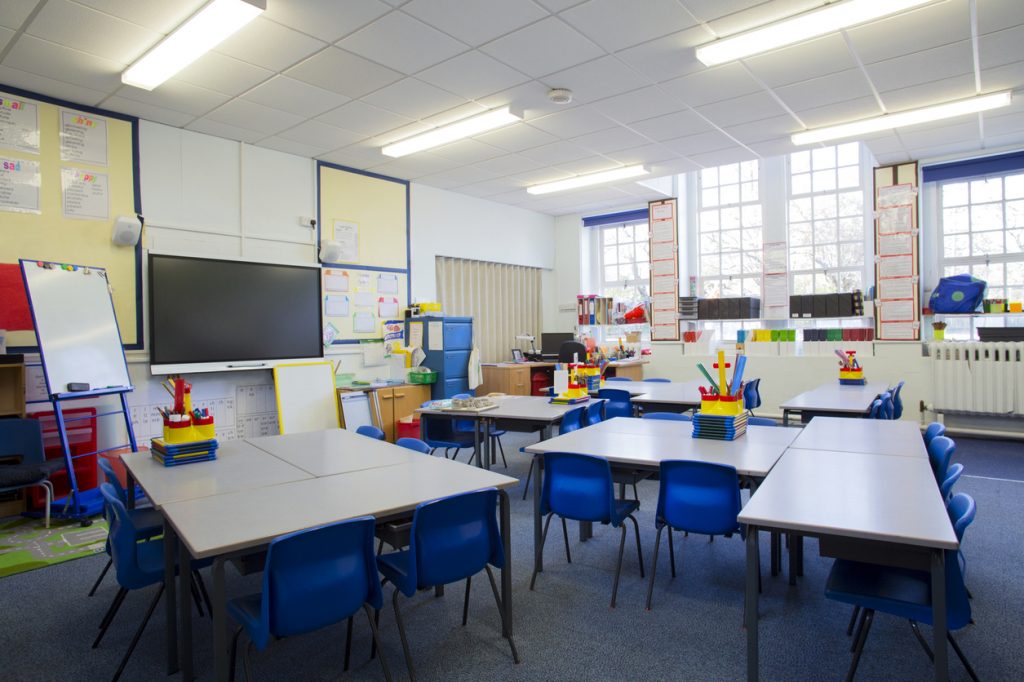
06 May Then & Now: How History Has Changed Classroom Design
Throughout the generations, our understanding and appreciation of design has shifted. Indeed, classroom design today is hardly recognizable when compared to the learning environments of the past. In the latest blog from JMC Design, we highlight some of the most significant changes we’ve seen in classroom design over the decades. Check out the full piece below and don’t forget to stay tuned with Jonathan Morgan & Company for more design insights!
It’s true: classrooms as we know it are changing. Changing social attitudes and an increased understanding of educational needs have transformed what we have grown to expect from the modern classroom. Indeed, where classrooms may once have been dull, drab and purely functional; classroom interior design has stepped in to play a transformative role.
Classrooms Then

The 20th century saw a number of common features in classroom design. Whilst education is moving towards a more modern approach, many classrooms continue to retain features such as:
- A focus on functionality: The classrooms of the past promoted functionality and longevity over anything else. Furnishings were basic in design and primarily composed of wood, with little concern for things like comfort and concentration – things we see as essential in the modern day.
- No flexibility: Yesterday’s learning environments allowed for little adaptability. An example of this is in how ‘screwed down furniture’ was a major feature. To dissuade theft and vandalism and to encourage uniformity, desks and tables were nailed to the floor. This created a fixed view of the classroom – a view which is largely obsolete in today’s dynamic school design.
- No character: The interior design of classrooms has historically ignored visual aspects, including colour. Classrooms of the past were incredibly austere, with little attention given to colour scheming or the aesthetics of furnishings. Before interior design changed everything, character was hard to come by.

They were cold. They were hard. They were lacking in colour, comfort and character. Thankfully, classroom design has transformed over recent years. Let’s look at the big changes we see in classrooms today…
Classrooms Now

What a time to be a young person in education! Learning spaces have evolved over recent years, placing more emphasis on welfare and happiness than ever. Whilst the changes to classroom design are too numerous to list, we’ve picked out some of the big ones:
- Colour is key: The relationship between colour scheme and classroom performance is proven, and it’s something we’ve discussed before in our blog. A greater understanding of child behaviour and colour psychology has allowed interior designs to bring a new level of vibrancy to modern teaching. Rather than the grey, drab classrooms of the past, today’s happy and productive classrooms are built on colour.
- The dynamic classroom: The greatest shift in classroom design focus has seen emphasis moving to the pupils, as opposed to the teacher. Education commentators suggest that this is to place greater emphasis on learning, rather than teaching. This has led to the modern concept of the ‘dynamic school design’, which features flexibility, adaptability and a changing of layout depending on the topic or activity at-hand.

- Specialized furniture: Older generations will recall being scolded by teachers for fidgeting. Now, rather than discouraging such behaviour, classrooms tend to support those with more complex educational needs. Indeed, a recent study confirmed that children concentrate better when sitting on an exercise ball. Certain furniture allows children to rock, wobble and move around as they see fit, swapping between sitting and standing. The FOKUS Stool by Monarque is a great example of this.
- Technology is in: We live in the age of technology, and this has found its way into our classrooms. Blackboards have become obsolete, with electronic whiteboards introduced as a modern alternative. The same applies to shared teaching materials, with today’s school children more likely to share a digital tablet than a worn out textbook. In terms of design, this has had a major impact, with certain products created with tablet and computer storage in-mind.
- Pandemic protection: More recent changes in history have transformed the modern classroom, although how permanent this change is remains to be seen. The outbreak of the COVID-19 pandemic has made infection control a top public health priority, with schools across the world adapting their classrooms to support changing social distancing requirements. Hand sanitizer stations, for example, have become a core aspect of school design since the outbreak of the virus, whilst PureView Screens have been widely used to reduce infection risk.
Create a 21st Century Classroom with JMC Design
Design offers solutions to the challenges we collectively face. JMC Design is proud to host some of Canada’s most experienced interior designers, bringing together a multifaceted team to transform your classroom. To get your classroom design project completed to an exceptional standard, reach out to a member of our team to book your free, personalised consultation.



Sorry, the comment form is closed at this time.